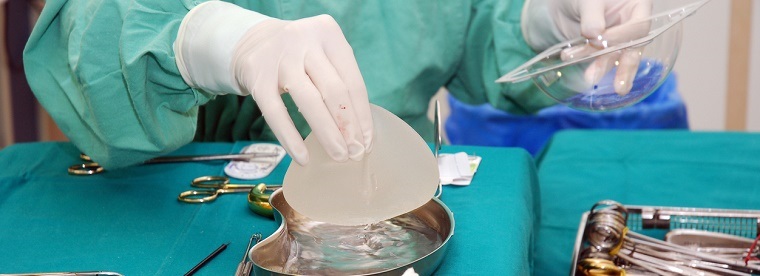If you have been diagnosed with breast cancer, your thoughts might jump ahead to the possibility of needing a mastectomy and/or breast reconstruction, as part of your treatment. But just as each cancer is unique, so are your breasts.
There are several methods of breast reconstruction and you will need to speak with your breast surgeon and plastic surgeon to determine which is best for you. Pre-pectoral reconstruction involves placing the breast implant over the chest muscle.
But what are the advantages of pre-pectoral reconstruction? And are there any challenges you should be aware of?
Traditional Procedures and Drawbacks
During mastectomy, breast tissue is removed along with the cancer. Many times the cancer is located in a portion of the breast where the nipple can be spared, Traditionally, the plastic surgeon inserts a tissue expander or breast implant either partially or completely under the muscle.
Tissue expanders are meant to gradually stretch the skin, however it’s often painful because the chest muscle is slowly stretched as well. In addition to the post-operative discomfort, the aesthetic outcome tends to look flat and unnatural since the implant is under the muscle.
Due to the pain of stretching muscle and the aesthetic deficiencies of under the muscle implants, other methods have been developed, including one that involves partial muscle coverage. But like the previous method, this type of breast reconstruction method also has disadvantages.
For example, this procedure often produces a flat, unnatural look because the implant is located under the muscle. Furthermore, given the fact that it is directly under the skin, the muscle is visible especially when the patient uses their chest muscles. This is similar to watching a body-builder flex their chest muscles. This tends to be distracting when women are exercising in public, since every time they use their chest muscles, the implant shows visible distortion.
Looking beyond the individual outcomes for each of these procedures, traditional reconstruction techniques overall can result in chronic soreness for patients, in the years following their procedure.
How Pre-Pectoral Reconstruction Works
These drawbacks have left an opening for a more advanced option: pre-pectoral breast reconstruction. With this method, the implant is placed over the muscle. This means there is little to no muscle deformity or pain associated with the procedure, since the muscle does not have to be cut. Instead, the implant is placed directly under the skin.
Of course, like most surgeries, there are some disadvantages. Early complications may include bleeding, infection, pain or seroma, which is fluid collection around the implant. Once you heal, there is a small chance your implants will rotate so they look upside down, and or they may rupture. In addition, most implants last for 10 to 15 years, so most women will need to have another procedure for new implants in future.
It should be noted that, women who benefit from this procedure are in relatively good shape and have small to medium sized breasts that are not overly saggy. Additionally, the breast cancer cannot have been located in the nipple area, which must be left intact.
Finding the Right Surgery Team for You
If you are considering pre-pectoral breast reconstruction, you should set up an appointment with a board-certified plastic surgeon who specializes in this area and can offer individualized care. This way, your doctor can guide you toward the right type of surgery for your circumstances.
The top priority of breast cancer treatment is to remove cancer and do an extensive enough surgery to ensure the risk of recurrence is low. The second goal is to give you a safe, aesthetically pleasing breast reconstruction. For this reason, you need a team of surgeons and specialists working closely together with constant communication between doctors.

